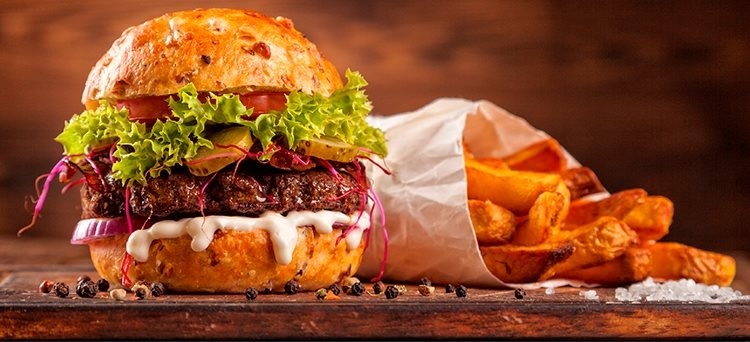
Take note of your daily food intake
Take note of your daily food intake
The table below summarizes the sources of different type of fats, their origin, and impact on health
| Type of fatty acid | Characteristics | Food Source(Found in them in good amount) | Health Impacts |
|---|---|---|---|
| Monounsaturated | Most of them are liquid at room temperature | Olives (black & green), peanuts, canola oils, avocados, almonds, hazelnuts, sesame seeds, pumpkin seeds | Increases HDL which is the ‘good cholesterol’. Lowers LDL which is the ‘bad cholesterol’. It lowers blood pressure, improves blood lipid levels, and reduces the risk of cardiovascular diseases. |
| Polyunsaturated | Sunflower oil, maize oil, soya bean oil, flaxseed oil, walnuts, flax seeds, fish, canola oil | Increases HDL which is the ‘good cholesterol’. Lowers LDL which is the ‘bad cholesterol’. | |
| Saturated | Most of them are solid at room temperature | Butter, ghee, cheese, ice-cream, chocolates, coconut oil, coconut milk, red meat, desserts, etc. | Increases total cholesterol levels. Lowers HDL which is the ‘good cholesterol'. Increases LDL which is the ‘bad cholesterol’. |
| Trans Fats | Margarine, vanaspati, vegetable shortening, hydrogenated vegetable oil, partially hydrogenated oils. * Because of its stable shelf-life, they are extensively used by fast foods restaurants and by industries to manufacture packet food items | Increases total cholesterol levels. Lowers HDL which is the ‘good cholesterol'. Increases LDL which is the ‘bad cholesterol’. Increases insulin resistance which impacts the blood glucose levels. It causes internal inflammation, which is associated with heart diseases and is also associated with cancer. |
* Note- Omega-3 fats are of three types- A) Eicosapentaenoic acid (EPA); B) Docosahexaenoic acid (DHA); & C) Alpha-linolenic acid (ALA). EPA & DHA come mainly from fish. ALA is found in oilseeds and nuts (especially walnuts& flaxseed, oils like sunflower, canola & soya bean. ALA is assimilated by the body for energy and its conversion by the body into EPA and DHA is limited.
How to Keep Trans Fats at Bay
The following checklist is a sure help for consumers who want to avoid trans fats in their daily food consumption:
- Read the food label carefully.
- Check the ingredient list. Do not purchase a food product that has hydrogenated fats in them.
- Check for the trans-fat-free logo on the food label. FSSAI has launched an initiative through which consumers can identify trans-fat-free food items. However, for food manufacturers, this is voluntary participation. On the other hand, a trans-fat-free logo can be displayed by sweet shops/ bakeries/ local food outlets that prepare food items without trans fats or have preparations that have less than 0.2 g of trans fats per 100 g/ 100 ml of the food.
- Choose liquid vegetable oils over solid fat for preparing food items.
- Limit the consumption of commercially prepared baked foods like biscuits cookies, pies, snacks, etc. Choose food from a trans-fat-free food outlet.
- Limit the consumption of deep-fried foods as many restaurants use partially hydrogenated oils. Choose food from a trans-fat-free food outlet.
- Food labels in India could be labeled as “trans-fat-free”, only if they have 0.2 g of trans fats per 100 g/ 100 ml of the food item. Trans-fat-free does not mean that the food does not have any amount of trans fats. Portion size must be kept in mind while consuming such food items.
BETTER TO KNOW
Repeated reheating of oil can increase the trans fats content of the oil. Because:
- Unsaturated fats are repeatedly heated
- Unstable bonds in unsaturated fats are broken after being exposed to heart an oxidation
- Stable bonds are formed turning unsaturated fats into trans fats
*Note that stir-frying increases the formation of trans fatty acids, relatively more than any other method. Deep frying at high temperature and repeated usage of cooking oil after reheating it also produce trans fats.
Also Read:
How to reduce Hypertension
Avoid these 5 foods which are rich in trans fat
